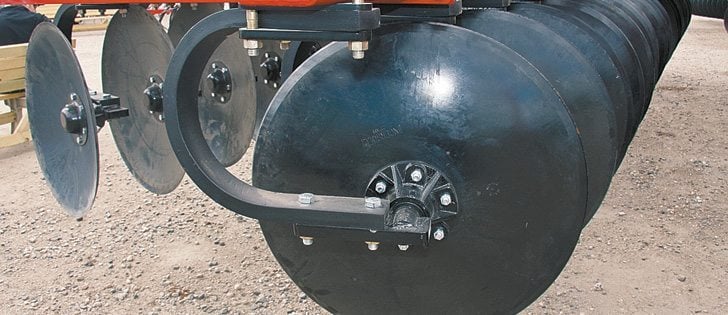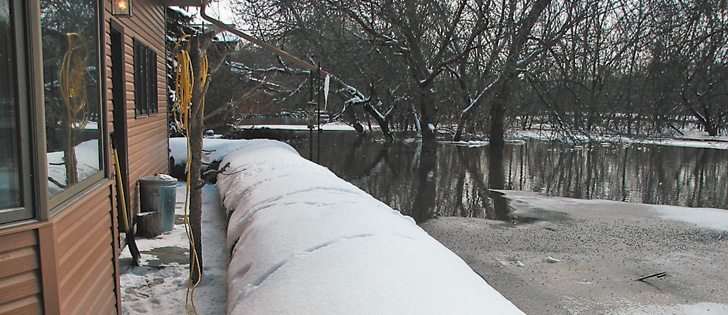Farmers may be seeing more sticky willowherb in fields that were intentionally left fallow or made fallow because of flooding during the last couple of years.
Saskatchewan weed control specialist Clark Brenzil said the plant thrives in areas that mimic a natural vegetation loss, such as a prairie fire or a flood. Chem fallow fields also fall into this category.
“Don’t panic,” he said of the weed’s increasing appearance the past few years. “It’s not going to be a big deal.”
Sticky willowherb is a perennial native species closely related to fireweed and evening primrose.
Read Also

Final crop reports show strong yields, quality
Crops yielded above average across the Prairies this year, and quality is generally average to above-average.
It is typically less than one metre tall and has opposite, spear-shaped leaves with finely serrated edges.
The flowers are small with pink petals on the tip of a long seed pod. The pods can be up to five centimetres long and produce a lot of small, tufted seeds.
Brenzil said the seeds can lie in a field for decades. The plants thrive and die back with changes in other vegetation.
Farmers are likely noticing it more because of reduced tillage, he said.
“It’s very tolerant to glyphosate, and that’s a natural tolerance,” he said. “So what happens is that you have farmers go out and they spray their fallow with their glyphosate and they come back and sure enough that’s the only thing that’s green in the field.”
Brenzil said farmers fail to recognize that the native plant grows on exposed soil to cover it until something else comes along.
“That’s kind of its niche, and once the perennial cover gets in there again it goes away,” he said.
About 95 percent of the samples that come into the crop protection lab for identification have come in from fallow land. Rarely does anyone bring in a plant growing in the middle of a crop, and when that does happen it’s where a crop is bordering a slough and becoming less robust.
“That says to me it’s not a competitive issue in the crop,” Brenzil said.
An early application of glyphosate will injure willowherb but not kill it.
“Injured plants under stress aren’t well controlled by herbicide because you need a very active metabolism in a plant for herbicide to work on it,” Brenzil said.
Producers who do want complete control should use a more diverse mixture in their sprayer.
“What they could do more is to have some of those Group 2s in there, like Express SG or Express Pro, and that will help control it. Or, a dicamba combination,” he said.















